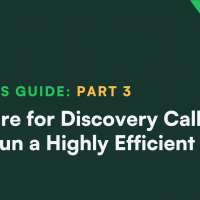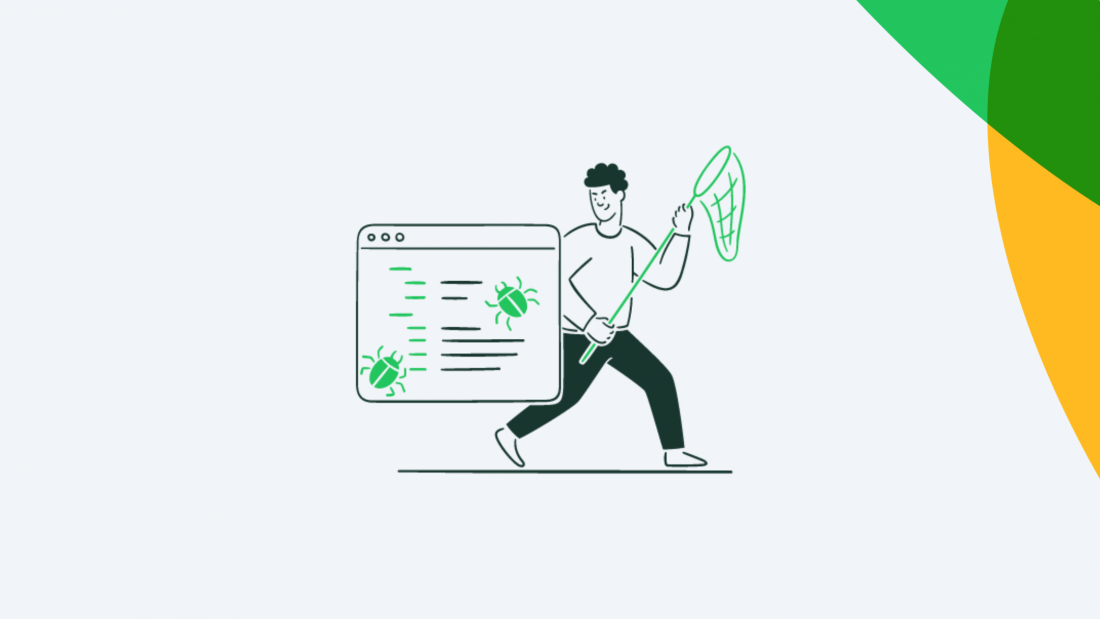Product adoption is the ultimate goal of every SaaS team, but it can be tricky to pinpoint exactly what is causing users to not adopt a particular feature or the product itself. Searching for the product adoption bug – the event that is causing users to lose interest in your product is tough. It requires deep analysis of the user journey and improving how users experience the product.
Identifying the adoption bug is the key to being successful in your product adoption strategies, regardless of whether these strategies are in product design, product marketing, or customer success.
What is the product adoption bug?
Let’s say you are the Product Manager for a music streaming app and are looking at how users engage with the app's ‘create your own playlist' feature. You identify that users who adopt the function have higher retention, meaning they stay longer with your product over time.
In finding a correlation between creating a playlist and user retention, you consider that getting more users to activate the playlist function will improve overall customer retention (a possible product adoption metric).
So you want to increase the activation of this particular feature, and to do so you must first identify what is causing users to not adopt it in the first place - find the product adoption bug 🐛.
How to find the product adoption bug
The adoption bug can be hidden at any point of the user's journey, from finding the feature you're trying to promote to activating it. In the above challenge, to identify the bug preventing people from adopting the playlist function, you would need to look at product usage data and user behavior patterns to find what might be blocking users from the feature.
How easily can users find the feature?
What actions do they need to take to activate the feature?
In what moment between finding the feature and activating it is there the most drop-off?
Do users search for support regarding this feature and how easily can they find it?
The product adoption lifecycle: When you should look for the adoption bug
In the product adoption lifecycle, you can find on one end highly motivated users who are likely to overcome some product bugs, and on the other, users who would most probably churn if something gets in their way of finding value in your product.
There are 5 types of users that you can find along the way:
Innovators: They like being the first to try something new and are eager to find value.
Early adopters: They also show interest early, are attuned to what innovators are doing, and will be keen to adopt.
Early majority: They like to follow the masses and will become influenced to adopt once there's a relevant base doing it.
Late majority: They show some resistance to adoption and have a harder time accepting what's new, but might show interest when the large majority is onboard.
Laggards: They are the most resistant to change and are the last to welcome any new innovation into their lives.
The pivotal moment of the product adoption lifecycle is the bridge between attracting early adopters and scaling the product to a larger majority - this is often referred to as "the chasm".
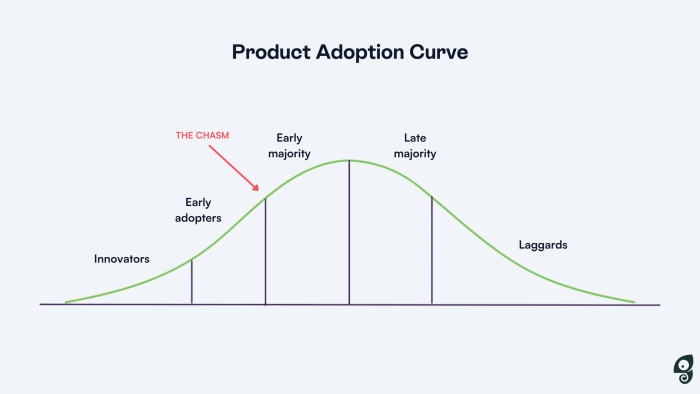
Users who adopt your product early have high intent and aren't looking for a polished product, their priority is to find a good value proposition. This is a key moment for establishing product-market fit before the product can be scaled for larger audiences.
Users who enter after the chasm, on the other hand, are looking for a more flawless flow, with smooth UX and UI experiences, and quick time-to-value (TTV). These are the users who are likely to experience product adoption bugs and drop off if they're not tended after.
Innovators and early adopters are likely to overcome UX bugs, for example, those that can disrupt their experience flow like when a button or icon doesn't work, but not "value bugs", those that get in their way of identifying how the product can help them.
Tools that can help you find the adoption bug
As we've said before, the adoption bug can be hidden anywhere within the user experience. Finding it requires several tools, each with a specific purpose, that read the user experience from end to end and top to bottom.
Here are some methods and tools that can help you:
FullStory: Friction logging
Ability friction can heavily hurt feature adoption. Friction logs capture the user experience from end to end with valuable detail and can uncover where the bug hides.
With a tool like FullStory, you can find where users rage click to identify potential friction points.
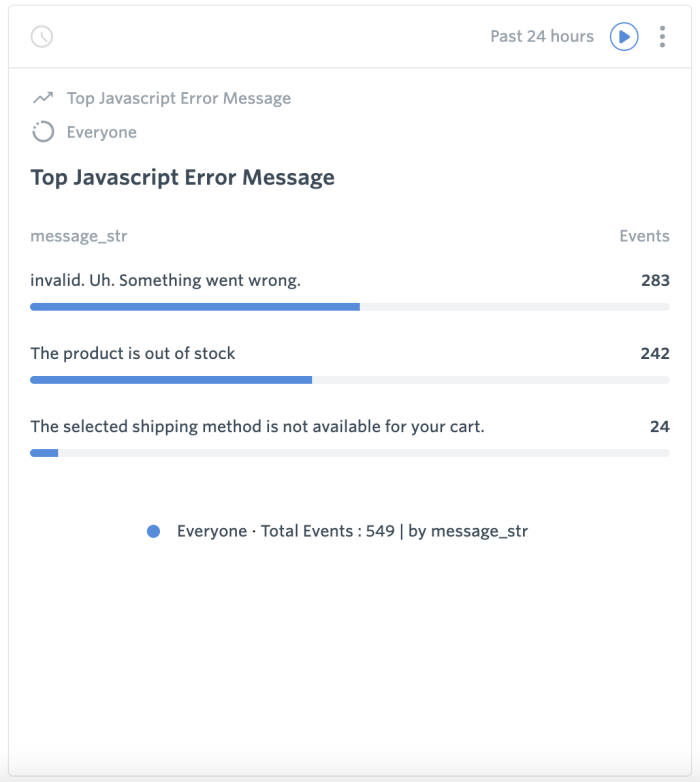
Source: Fullstory
Chameleon: User feedback and testing
Product or digital adoption platforms like Chameleon are SaaS tools that help other SaaS product teams own in-app user experience by letting them easily create and modify user onboarding experiences, in-product surveys, and other UX and UI flows. In-app messages allow teams to interact with users are several touchpoints with accurate targeting and relevant messaging.
Chameleon Microsurveys allow you to collect user feedback and get users to point you toward the adoption bug themselves.
And, like an actual chameleon, can help you swallow the bug by testing out different ways to drive users toward activation and success with A/B testing and the ability to run fake door tests.
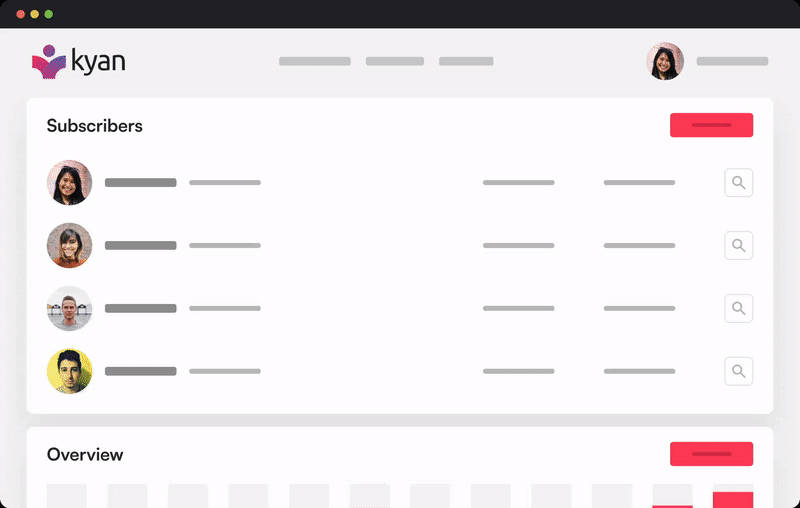
Heap: Session Replay
A session replay is a visual representation of events in your product that tells you how users are interacting with it. It's not the same thing as a screen capture - a session replay tool will capture events occurring inside your product and log them as data you can use to understand the user experience.
Heap offers a One-Click Session Replay that brings context to product analytics, so teams can find friction quickly, and fully understand user behavior.
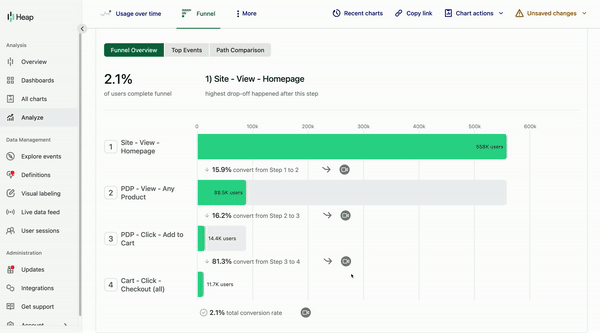
Product Managers use funnel analysis to understand how users flow through their product. It can tell you the steps that users take before conversion or to perform key actions inside the product.
Mixpanel creates funnel reports based on the user events that you are tracking and lets you filter them by properties or user attributes.
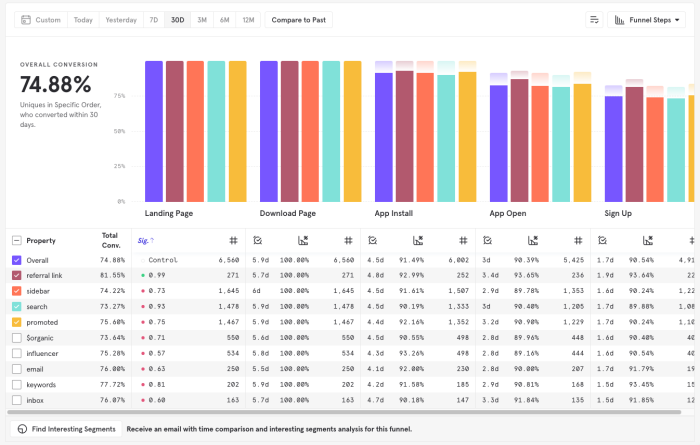
Source: Mixpanel
How to keep the product adoption bug away
Much like a mosquito buzzing in your ear, an adoption bug can cause a lot of stress and prevent you from focusing on more important tasks. If you're not constantly keeping up with how your users are interacting with your product and what is preventing them from adopting critical features, you might get an infestation of adoption bugs that will lead users to churn.
We might be somewhat biased, but we believe that the best way to extinguish these parasites is to implement a product adoption tool like Chameleon into your stack.
With Chameleon, besides being able to identify the product adoption bug with the user feedback and testing solutions mentioned above, you can also use in-app messages to tackle it directly. If the bug is being caused by users not finding a particular feature, you can guide them to it. If usability issues are what's hurting your product adoption, you can create Tours to get users more familiar with your interface.
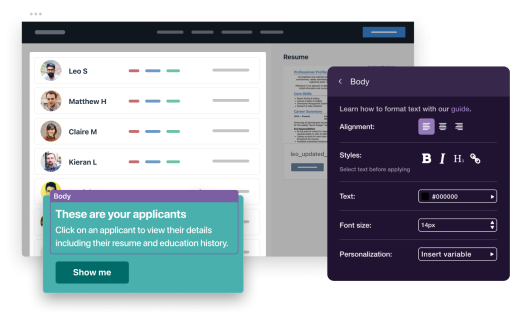
Leverage Product Adoption to Survive the SaaS Winter
Create experience that delights users and boosts your revenue
📖 Learn more about Chameleon and product adoption
Chameleon wouldn't be the deepest product adoption platform if we didn't offer the deepest content about it. Check out our other resources on this hot subject! 🔥

What is Product Adoption: Definition, Metrics & More
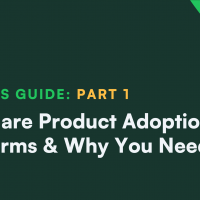
Product Adoption Platforms: What Are They and Why You Should Care
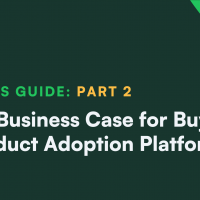
Product Adoption Platforms: Planning Your ROI when Building or Buying
